Brands/Products
Beyond AVE: The Pitfalls of Using Advertising Equivalency in PR Measurement

By Philip Odiakose
In public relations (PR) measurement and evaluation, one metric has long been a topic of debate and scrutiny: Advertising Value Equivalency (AVE). For over a decade, AVE has been used by PR professionals and organizations as a means to assign a monetary value to earned media coverage by equating it with the cost of equivalent advertising space. However, as a Chief Media Analyst with more than a decade of experience in PR measurement and evaluation, I have come to understand the inherent flaws and limitations of AVE, and it is crucial to shed light on why relying on this metric can be detrimental to accurately assessing the impact of public relations efforts.
The Flaws of AVE
Misalignment of Objectives: PR and advertising serve fundamentally different purposes within the marketing mix. While advertising is a paid form of communication aimed at promoting products or services, PR is centred around building relationships, managing reputations, and influencing perceptions through earned media coverage. Attempting to equate the two overlooks the unique value proposition of PR and can lead to misguided interpretations of its effectiveness.
Inaccurate Valuation: AVE relies on simplistic calculations that assign a monetary value to PR coverage based on equivalent advertising rates. However, this approach fails to consider crucial factors such as negotiated rates, audience engagement, message credibility, and the qualitative aspects of media coverage. As a result, AVE often provides inflated or misleading estimations of PR impact, undermining the credibility of measurement efforts.
Lack of Contextual Understanding: AVE disregards the contextual nuances of media coverage, including tone, sentiment, and relevance. Without considering these factors, it is impossible to gain a comprehensive understanding of the impact of PR efforts on audience perceptions and behaviour. By reducing PR outcomes to mere monetary values, AVE fails to capture the qualitative dimensions of PR effectiveness and provides limited insights for strategic decision-making.
Practical Challenges of AVE Implementation
Difficulty in Calculation: Calculating AVE requires access to advertising rates for equivalent media placements, which may not always be readily available or accurately reflective of the value of PR coverage. This can lead to inconsistencies and inaccuracies in measurement practices.
Inconsistent Methodologies: Different organizations and practitioners may use varying methodologies for calculating AVE, leading to discrepancies and a lack of standardization in measurement approaches. This inconsistency undermines the reliability and comparability of AVE data across different contexts.
Focus on Quantity over Quality: AVE tends to prioritize the quantity of coverage over its quality, incentivizing PR practitioners to prioritize securing high-volume media placements rather than focusing on strategic messaging and engagement with target audiences. This emphasis on quantity over quality can distort measurement efforts and detract from the strategic objectives of PR campaigns.
Embracing Alternative Approaches to PR Measurement
To overcome the limitations of AVE and accurately assess the impact of PR efforts, organizations must embrace alternative approaches to measurement and evaluation. Some alternative metrics and methodologies to consider include:
Outcome-Based Measurement: Shift the focus from outputs such as media mentions to outcomes such as changes in brand perception, customer behaviour, and business results. By measuring the tangible outcomes of PR activities, organizations can gain a clearer understanding of their impact on achieving strategic objectives.
Quality Metrics: Utilize metrics such as sentiment analysis, message resonance, and share of voice to assess the quality and effectiveness of PR coverage. These qualitative metrics provide valuable insights into audience perceptions and engagement, enabling organizations to gauge the resonance of their messaging and positioning strategies.
Integrated Measurement Approaches: Integrate qualitative and quantitative methods, such as media monitoring, media analysis, and surveys, to gain a comprehensive understanding of PR impact and audience engagement. By combining multiple data sources and measurement techniques, organizations can triangulate insights and validate findings, leading to more robust and reliable measurement outcomes.
Moving Beyond AVE for More Effective PR Measurement
In conclusion, AVE represents a relic of outdated measurement practices that fail to capture the true value and impact of PR efforts. By relying on simplistic calculations and overlooking contextual nuances, AVE undermines the credibility and effectiveness of PR measurement and evaluation. To advance the field of PR measurement and ensure more accurate and meaningful assessments of PR impact, organizations must move beyond AVE and embrace alternative approaches that prioritize outcomes, quality metrics, and integrated measurement methodologies. By doing so, organizations can gain deeper insights into the effectiveness of their PR initiatives and make more informed strategic decisions, ultimately driving greater success and impact in their PR endeavours.
Philip Odiakose is the Chief Media Analyst and Consultant at P+ Measurement Services and TMKG Consulting, members of the Media Monitoring and Audit Group (MMAG). Both agencies are members of AMEC and PAMRO
Brands/Products
DStv, GOtv to Retain CNN, Cartoon Network, 10 Others After Last Minute Deal
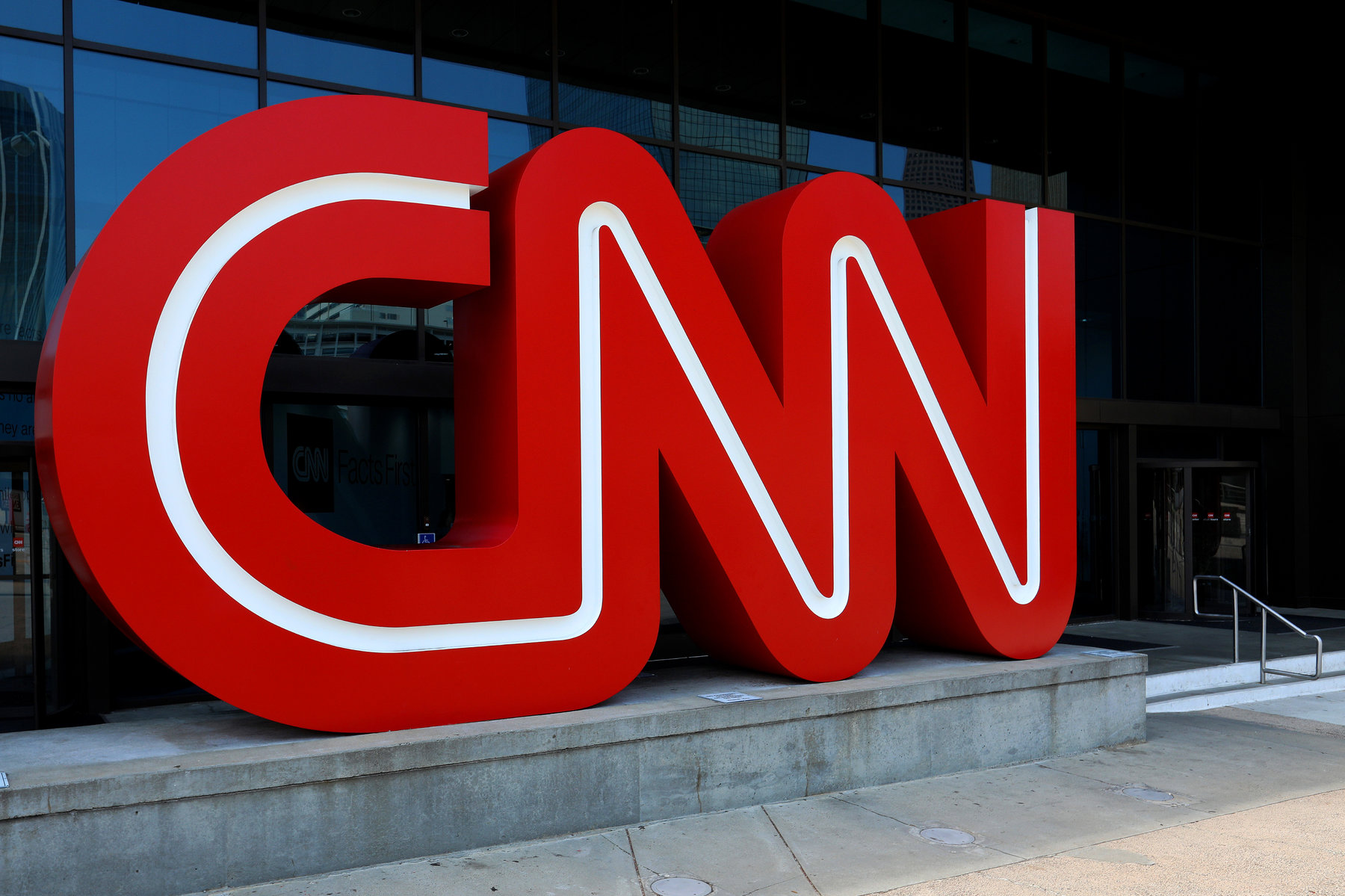
By Adedapo Adesanya
Canal+ and Warner Bros. Discovery have signed a new multi-year, multi-territory agreement to strengthen their partnership internationally that will scrap the exit plans of channels like CNN International and Cartoon Network on pay television services -DStv and GOtv.
The last minute agreement reached on December 31, 2025, means 12 channels at risk of being yank off, including Discovery, CNN, TLC, Discovery Family, Real Time, Food Network, HGTV, Investigation Discovery, and Cartoon Network, will remain on both DStv and GOtv.
According to a statement by Canal+ yesterday, the deal between the two broadcasting giants spans multiple territories, including South Africa, the rest of Africa and regions in Europe where Canal+ also has operations.
Canal+ said: “This expanded agreement covers both the distribution of HBO Max and the renewal of several Warner Bros Discovery thematic channels across numerous regions.”
The announcement comes as a relief to DStv subscribers, who received notices via email and on-screen warnings from December 1, 2025, stating that the channels in question could be removed from their bouquets since contractual negotiations between Canal+ and Warner Bros Discovery had reached an impasse.
Regions outside Africa also affected by the new deal include Romania, Hungary, the Czech Republic and Slovakia, where Cartoon Network, Cartoonito and CNN International have been renewed.
Other Warner Bros channels renewed in European regions not available in Africa include Warner TV, Cinemax and TVN.
“Canal+ and its longstanding partner, Warner Bros Discovery, are pleased to announce the signing of a new multi-year and multi-territory agreement, marking a major milestone in the development of their collaboration on an international scale,” Canal+ stated.
The agreement between WBD and the French media group builds upon previous deals made in 2024, including the renewal of the exclusive pay-TV window for Warner Bros. Pictures films six months after their theatrical release in France and the integration of HBO Max within select Canal+ group offers.
It also comes during Netflix’s pending purchase of Warner Bros. Discovery, which could further position Canal+ as a power player on the global stage as the company already has distribution deals in place with Netflix.
Brands/Products
JMG Installs Solar Power Systems at Three NIPCO Fuel Stations
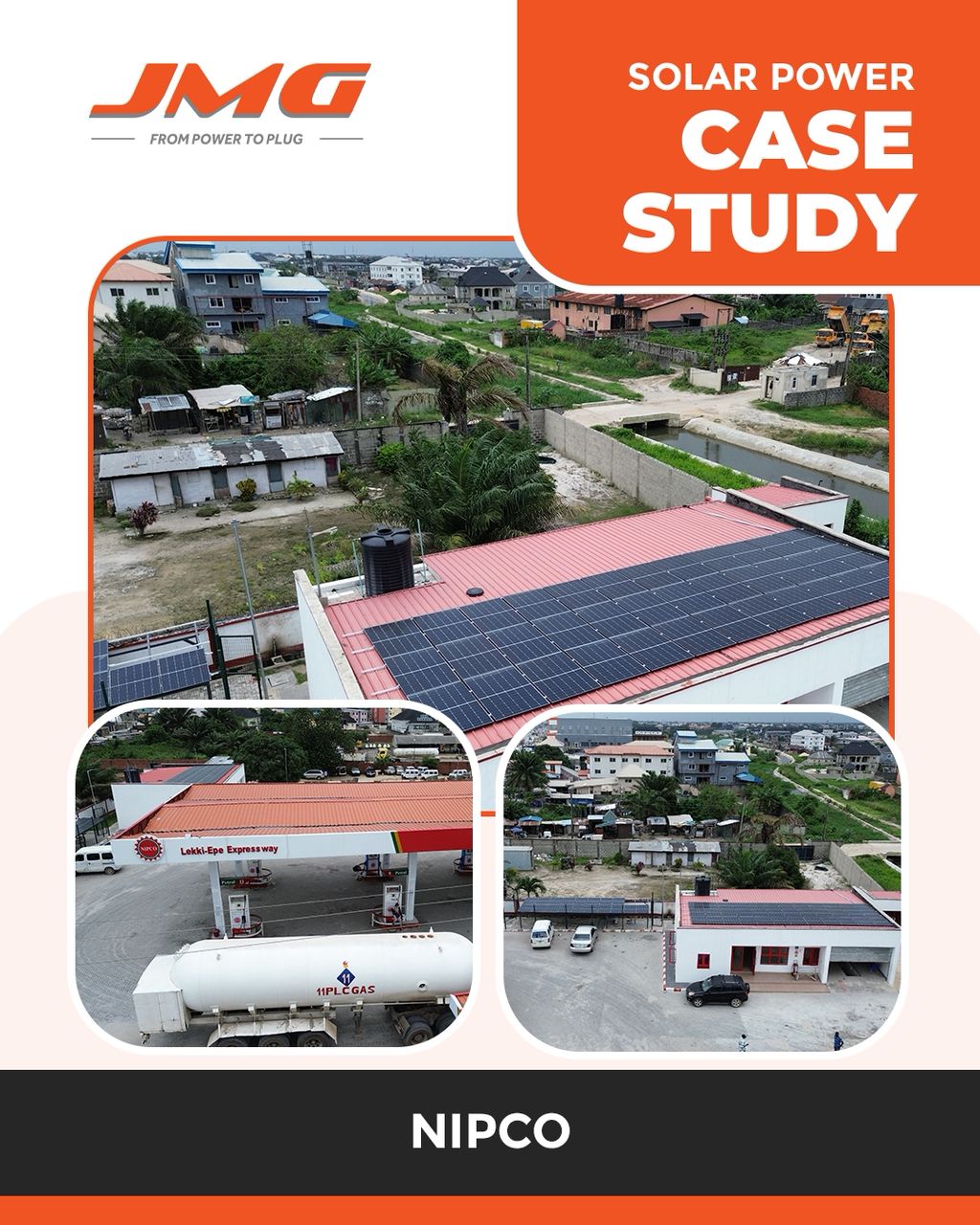
By Aduragbemi Omiyale
Nigeria’s trusted hybrid and integrated electromechanical energy provider, JMG Limited, has completed the installation of solar power systems at three key fuel stations of NIPCO Plc.
The clean energy source was installed at NIPCO’s petrol dispensing outlets in Gwagwalada Abuja, Lekki Lagos, and Mpape Abuja.
This will help the organisation eliminate diesel reliance, and unlock more than N44 million in annual energy cost savings.
The installations feature advanced hybrid systems, combining solar arrays, lithium battery storage, and smart inverters to provide 24/7 energy for fuel pumps, lighting, and office operations. Each site has reported zero use of electricity or generator power since the systems were installed.
The three NIPCO stations now run on an advanced hybrid solar system that combines high‑efficiency PV panels, intelligent lithium‑battery storage and smart inverters.
Since commissioning, the sites have operated with zero grid or generator power, providing silent, clean, uninterrupted electricity for pumps, lighting and administration.
“We are proud to help NIPCO lead the energy transition at the retail level.
“The scalable architecture can be sized to each location and has already delivered significant savings, about 88,535 kWh/year, N44.4 million in annual cost savings and a 43.8‑tonne reduction in CO₂ emissions,” the Head of JMG’s Hybrid Solar Division, Mr Abbass Hussein, stated, adding that, “Collaborating with NIPCO on this initiative demonstrates a practical pathway for other firms to reduce both emissions and energy expenses.”
Also commenting, NIPCO’s Station Manager at Gwagwalada, Mr Idoko Jacob, said, “The stations have not relied on electricity or generator power on bright-weather days since commissioning. The solar systems fully meet our daily energy needs during such periods. On days with poor weather, we supplement the solar system with generator power to ensure uninterrupted operations.”
Business Post gathered that the NIPCO Gwagwalada Station has a solar output of 42,450 kWh/year, annual savings of N15.6 million, and CO₂ reduction of 15,332.76 kg/year, with a system installed consisting of a 20kW Deye LV Hybrid Inverter, 26.8kWp Solar PV, and 51.2kWh Lithium Battery Storage.
The NIPCO Lekki Station has a solar output of 3,635 kWh/year, annual savings of N12 million, and CO₂ reduction of 13,130.1 kg/year, with a system installed consisting of a 25kW Must Hybrid Inverter, 22.95kWp Solar PV, and 76.8kWh Lithium Battery Storage.
As for the NIPCO Mpape Station, it has a solar output of 42,450 kWh/year, annual savings of N16.8 million, and CO₂ reduction of 15,332.76 kg/year, with a system installed consisting of a 20kW Deye LV Hybrid Inverter, 26.8kWp Solar PV, and 61.44kWh Lithium Battery Storage.
Brands/Products
MAGGI Unveils ‘Taste of Christmas’ Campaign

MAGGI, the culinary brand from Nestlé Nigeria, has announced the launch of its festive campaign, Taste of Christmas, designed to celebrate the sights, sounds, and flavours that define the Nigerian Christmas experience.
Central to the campaign is a collaboration with Nigeria’s fast-rising pop star Qing Madi and the renowned Loud Urban Choir, resulting in a new Christmas anthem titled Taste of Christmas.
Now available across all major music streaming platforms, the song blends contemporary sound with cultural warmth, evoking the joy of family, togetherness, and shared meals that characterize the season.
Extending beyond music, the Taste of Christmas campaign will roll out a curated series of festive recipes and culinary inspiration over a 12-day period. The collection features creative twists such as Coco Bongus, alongside beloved Nigerian classics, encouraging families to explore new flavours while enjoying MAGGI’s trusted range of seasonings.
Commenting on the campaign, the Category Manager for Culinary at MAGGI, Ms Funmi Osineye, said, “Christmas is a time when family, culture, and shared experiences come alive. With the Taste of Christmas campaign, we set out to create a platform that resonates strongly with today’s young adults while still celebrating the warmth of home. Partnering with Qing Madi and The Loud Urban Choir allows us to connect music and food in a way that feels authentic, modern, and deeply Nigerian.”
The campaign further reflects MAGGI’s commitment to celebrating home-grown talent, nurturing culinary creativity, and strengthening the role of food as a unifying force in Nigerian homes.
Consumers can access festive recipes, campaign content, and the Taste of Christmas anthem on MAGGI’s digital platforms and social media channels. Conversations around the campaign can be followed using #MAGGIChristmas.
MAGGI is a leading culinary brand from Nestlé Nigeria, committed to inspiring better cooking habits and bringing families together through delicious, nutritious meals.
-
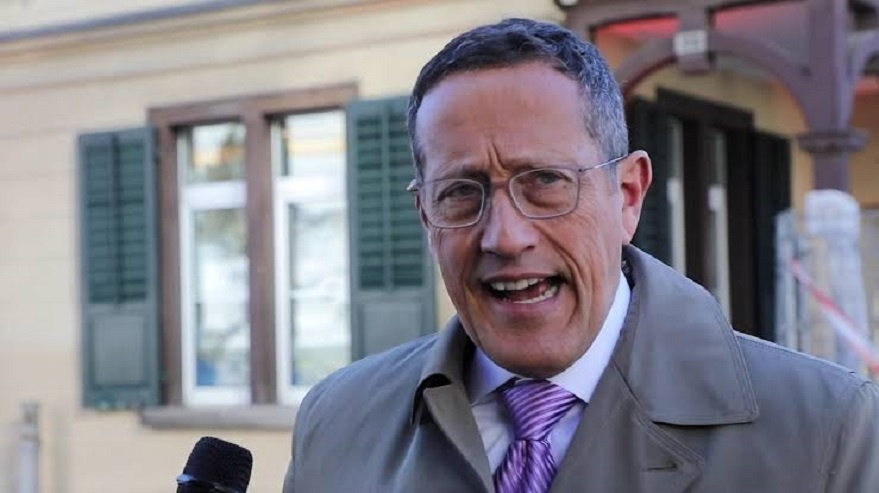
 Feature/OPED6 years ago
Feature/OPED6 years agoDavos was Different this year
-
Travel/Tourism9 years ago
Lagos Seals Western Lodge Hotel In Ikorodu
-
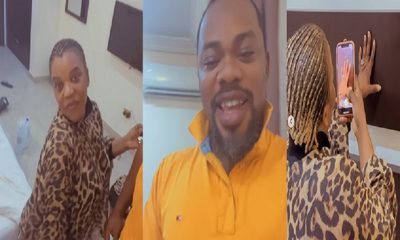
 Showbiz3 years ago
Showbiz3 years agoEstranged Lover Releases Videos of Empress Njamah Bathing
-

 Banking8 years ago
Banking8 years agoSort Codes of GTBank Branches in Nigeria
-
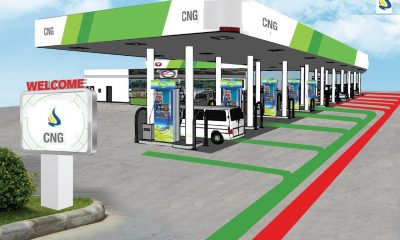
 Economy3 years ago
Economy3 years agoSubsidy Removal: CNG at N130 Per Litre Cheaper Than Petrol—IPMAN
-

 Banking3 years ago
Banking3 years agoFirst Bank Announces Planned Downtime
-

 Banking3 years ago
Banking3 years agoSort Codes of UBA Branches in Nigeria
-
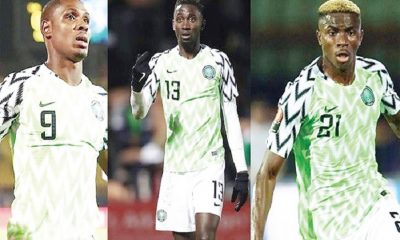
 Sports3 years ago
Sports3 years agoHighest Paid Nigerian Footballer – How Much Do Nigerian Footballers Earn























